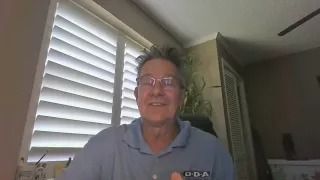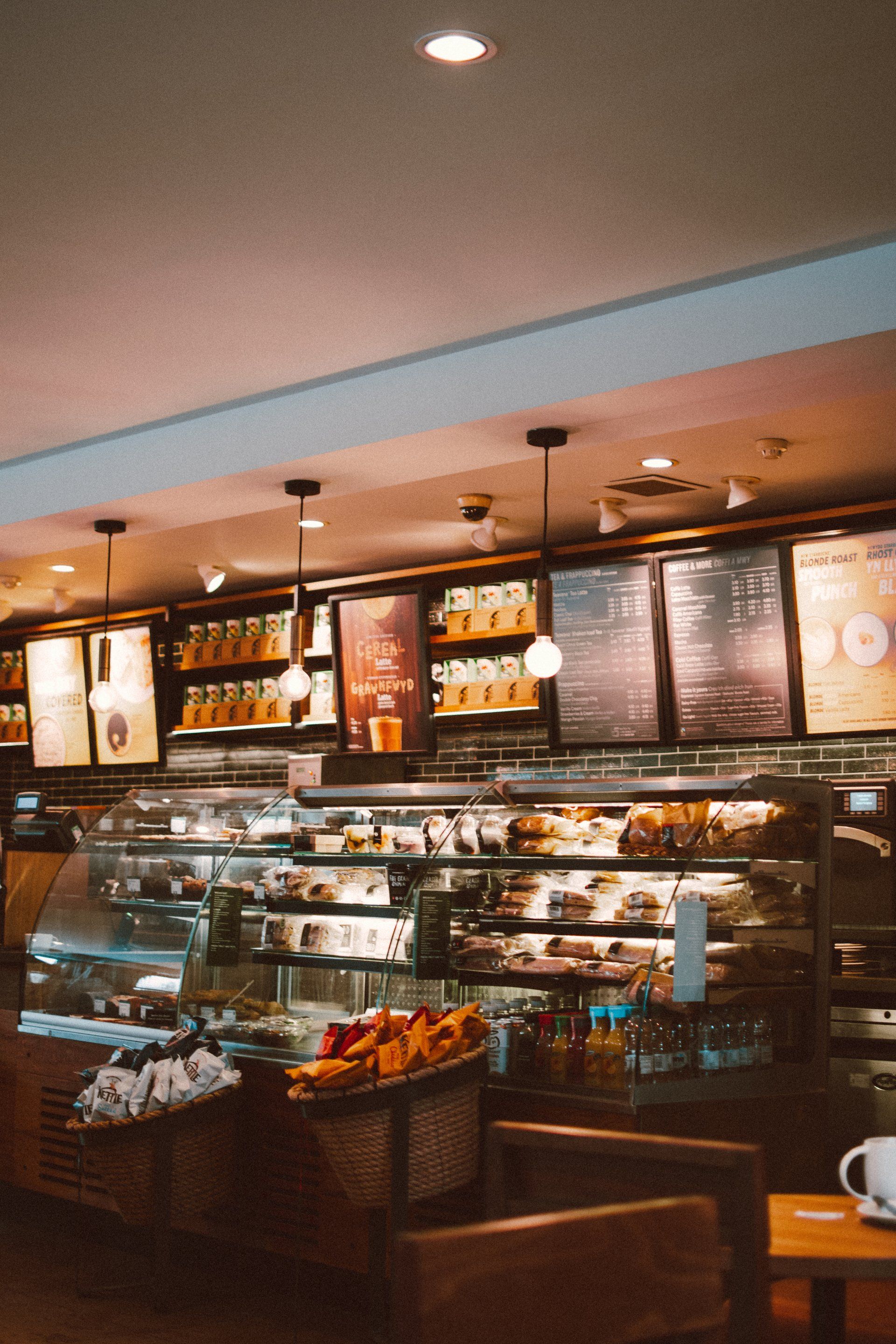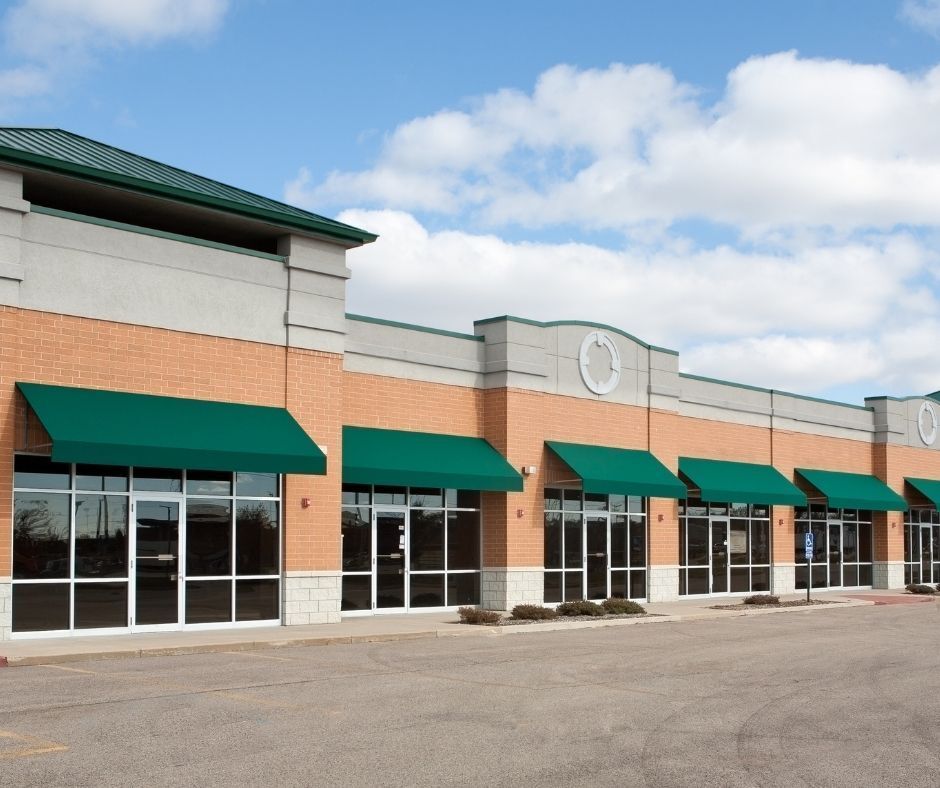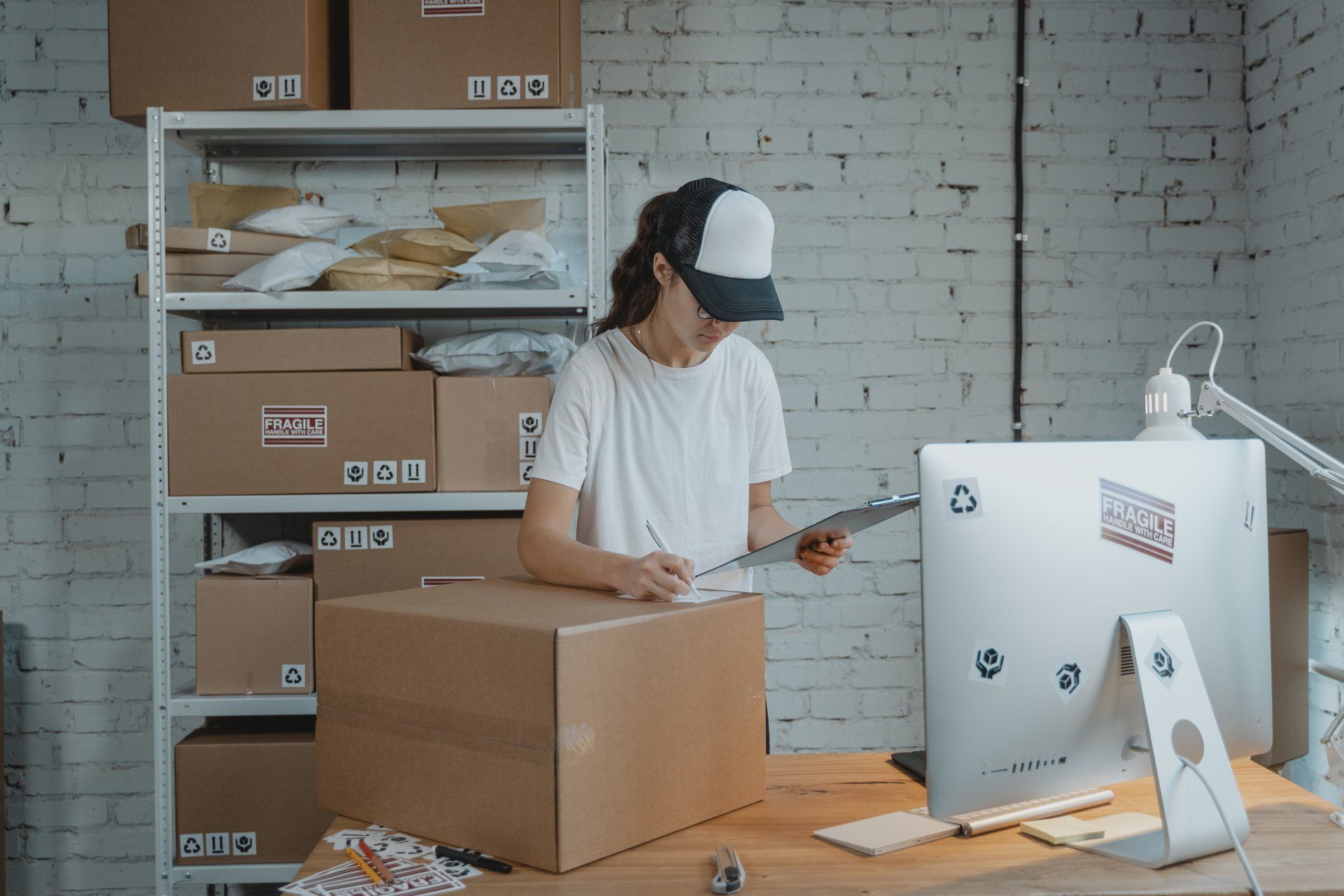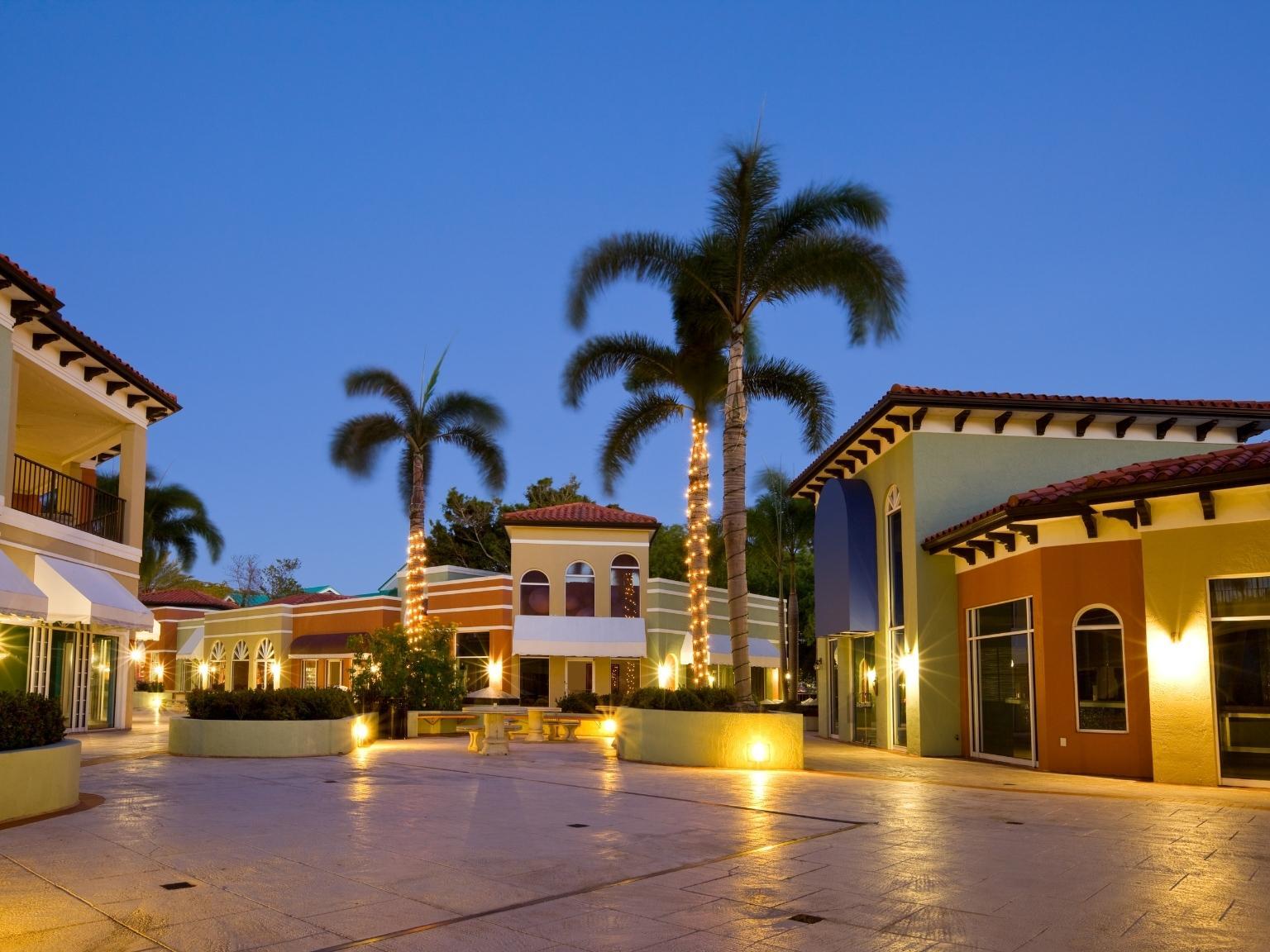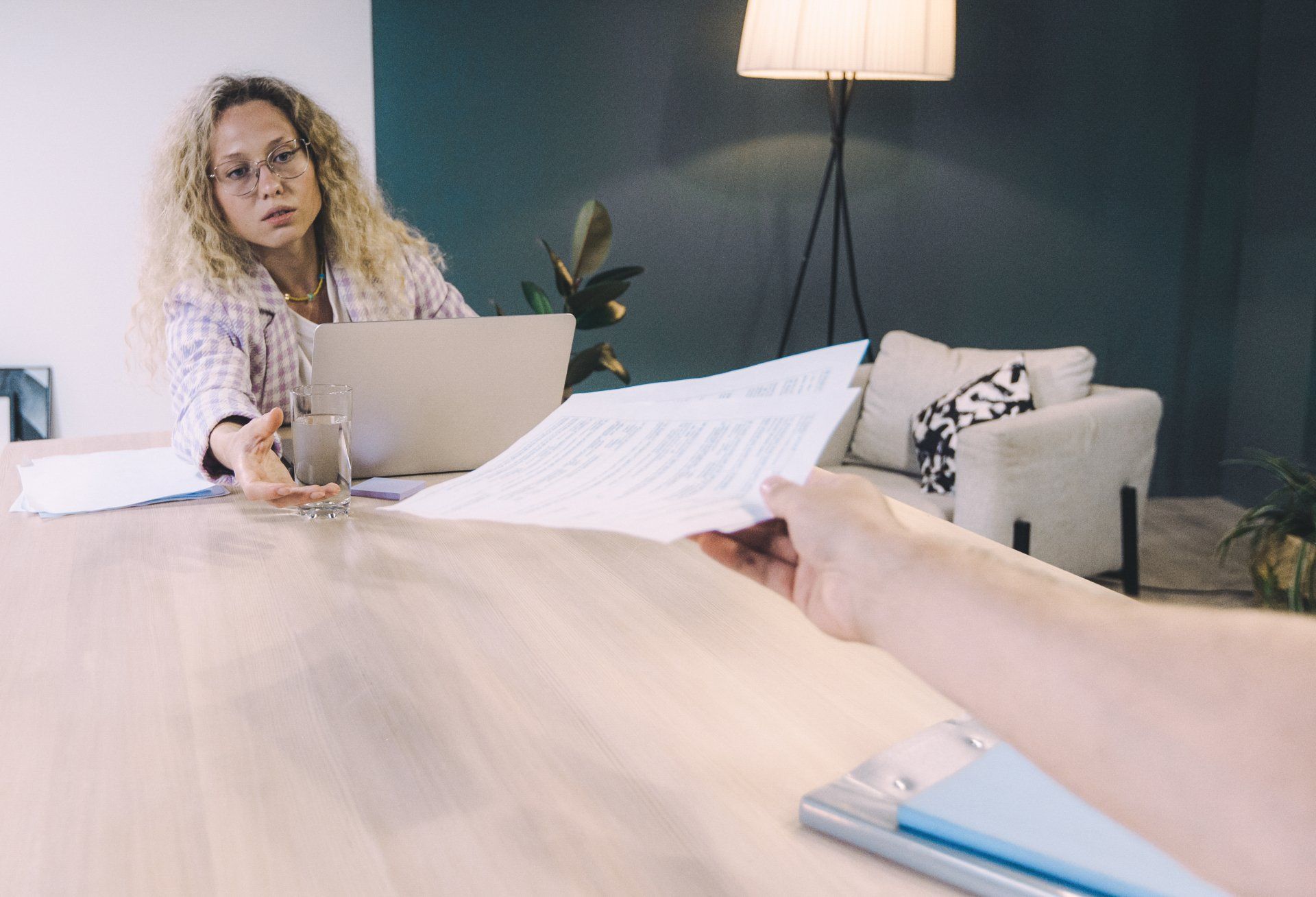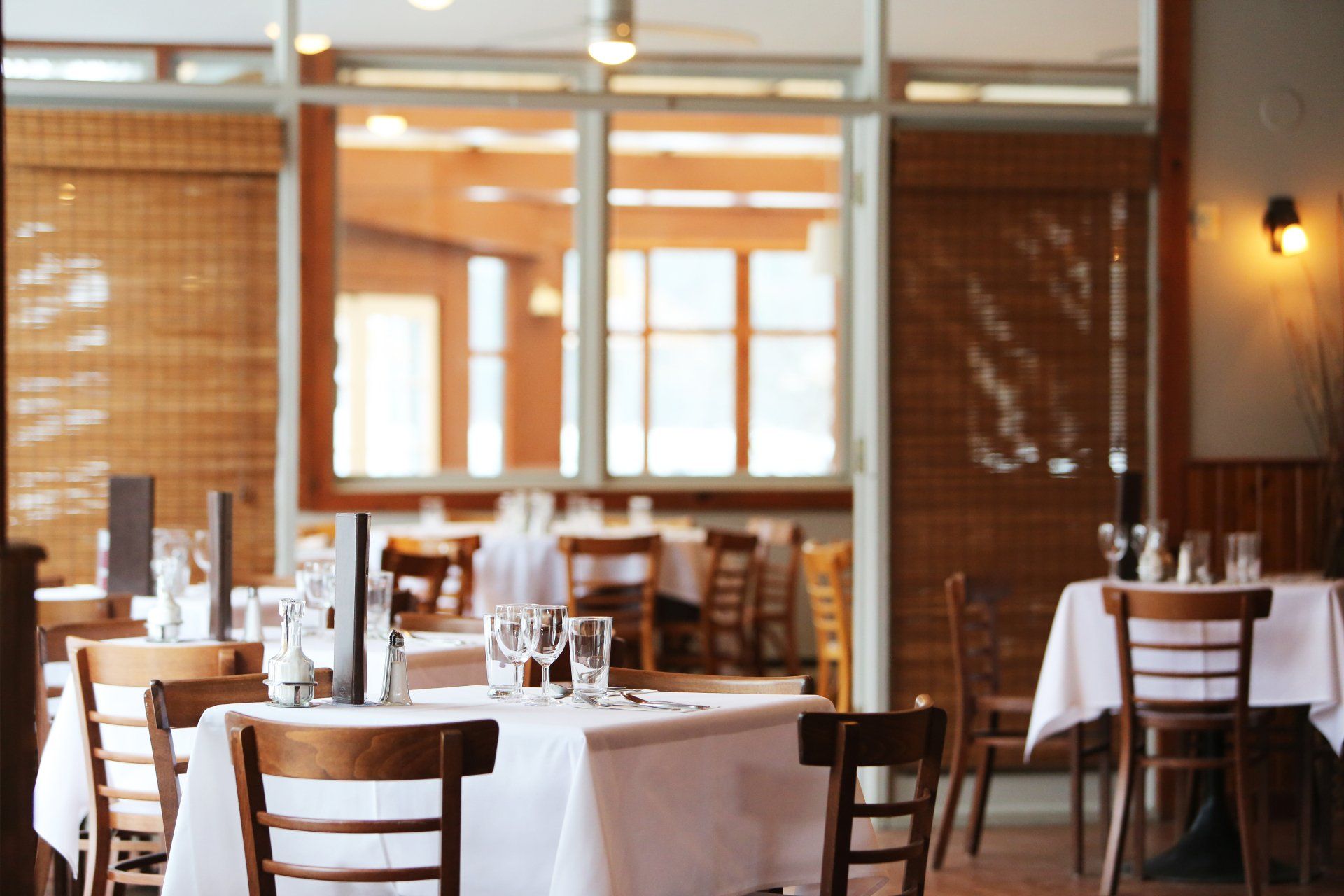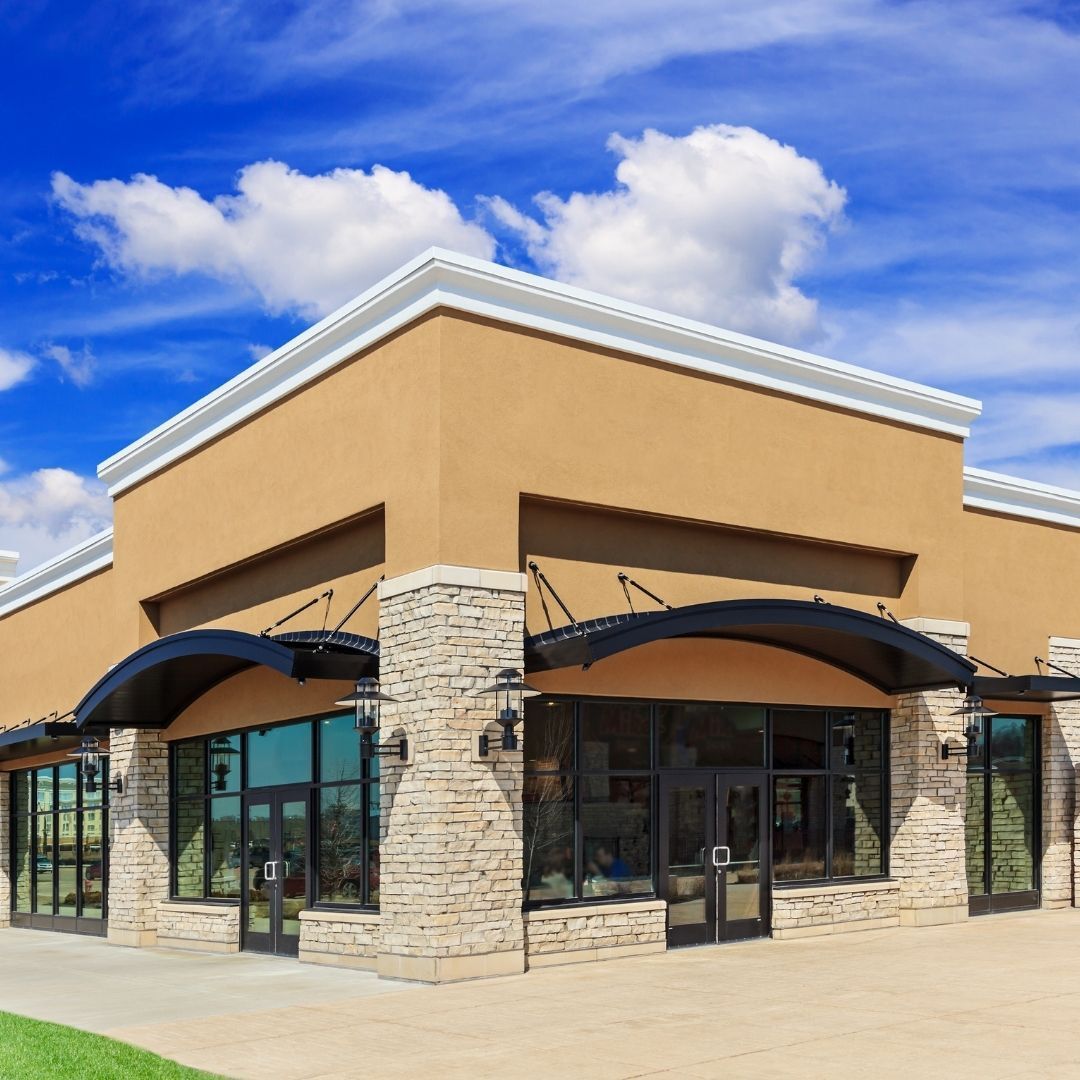FAQ - What are the best doggy daycare government subsidized loans?
For doggy daycare owners and buyers, there are two main types of Government Subsidized Loans that can help you buy or grow your business .
The best commercial loan for your doggy daycare business will depend on the specific type of financing you need and the property you intend to finance, so you always want to consult with a lending advisor before making any decisions.
Let's look a the two SBA loan types that can help a doggy daycare:
SBA 7(a) Loan Program
The U.S. Small Business Administration (SBA) offers an array of loan programs for a doggy daycare which generally have fewer than 500 employees. The most popular is the SBA 7(a) loan program can be used for working capital, to buy equipment like doggy playgrounds, cages, fencing, and other "things" that are needed to run a doggy daycare. You can also buy real estate or purchase an existing doggy daycare by using the loan to buy various assets of the business.

Two big advantages of this program are that it allows borrowers with lower credit and/or a low cash injection to qualify, and it's typically easier to obtain than other types of financing. However, it can take a lot longer to close an SBA loan than a conventional one, so plan ahead!
SBA 504 Loan Program
Other options for doggy daycare owners and buyers under the SBA umbrella include the SBA 504 loan program, which is a common SBA loan and is your best option for fixed-rate and long-term financing for fixed assets such as buildings, facilities, and land.
504 Loans allow borrowers long-term, fixed-rate financing of up to $5 million for fixed assets (land, buildings, facilities, machinery and more) that promote business growth and job creation.
504 loans are available through partnerships with the SBA and cannot be used for nonprofit, passive, or speculative activities.
For detailed information about each loan type, visit our commercial programs page.
For more information about what loan is best for your doggy daycare business, talk to our commercial experts. Call
(727) 784-5555. Or ask a question using the form below.
Have A Question?
Use the form below and we will give your our expert answers! Or scroll down for more FAQs and Answers.
Ask A Question
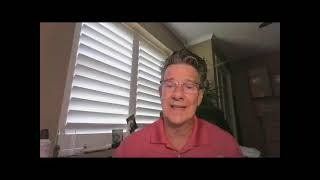
Check out our other helpful videos to learn more about credit and residential mortgages.
